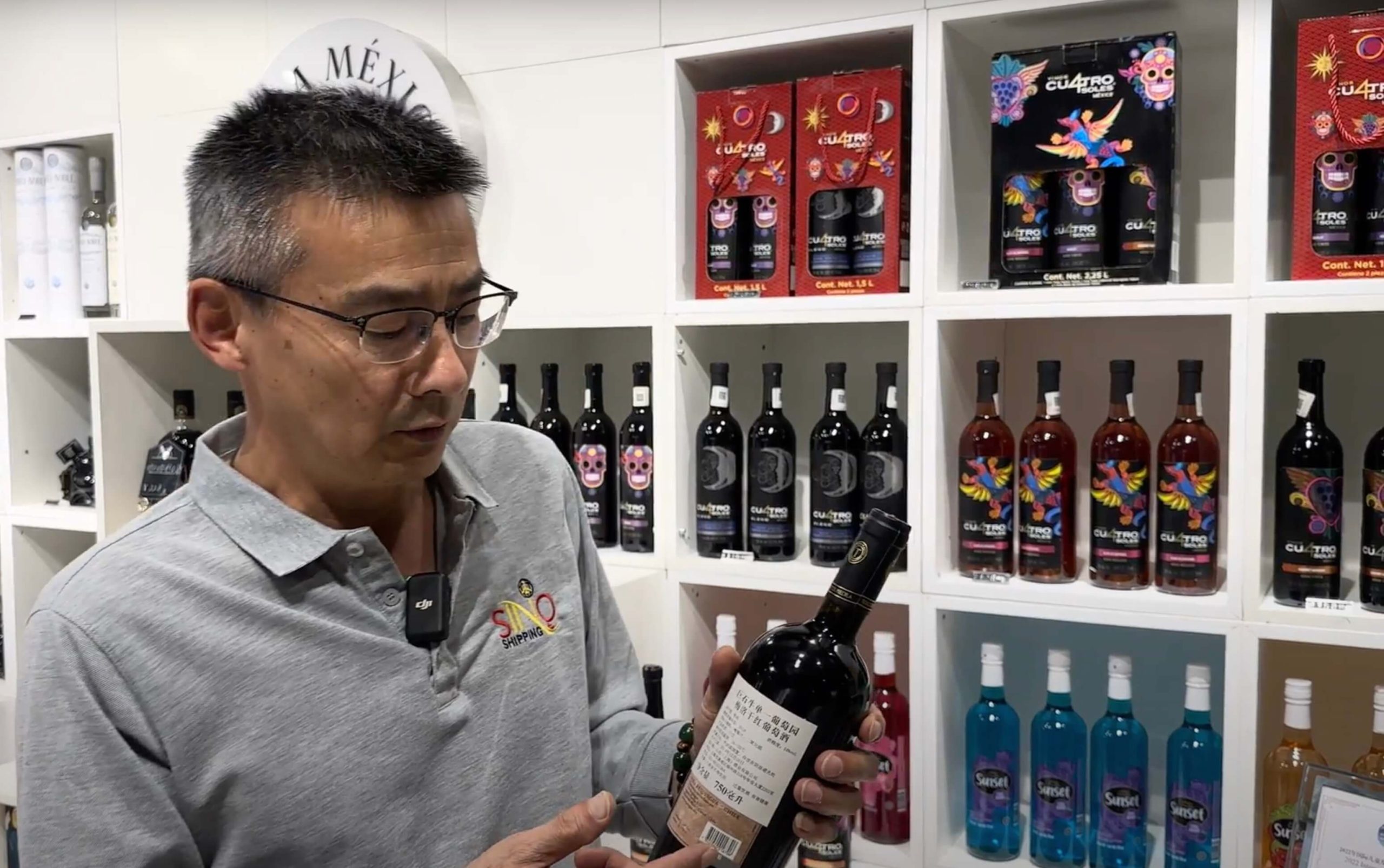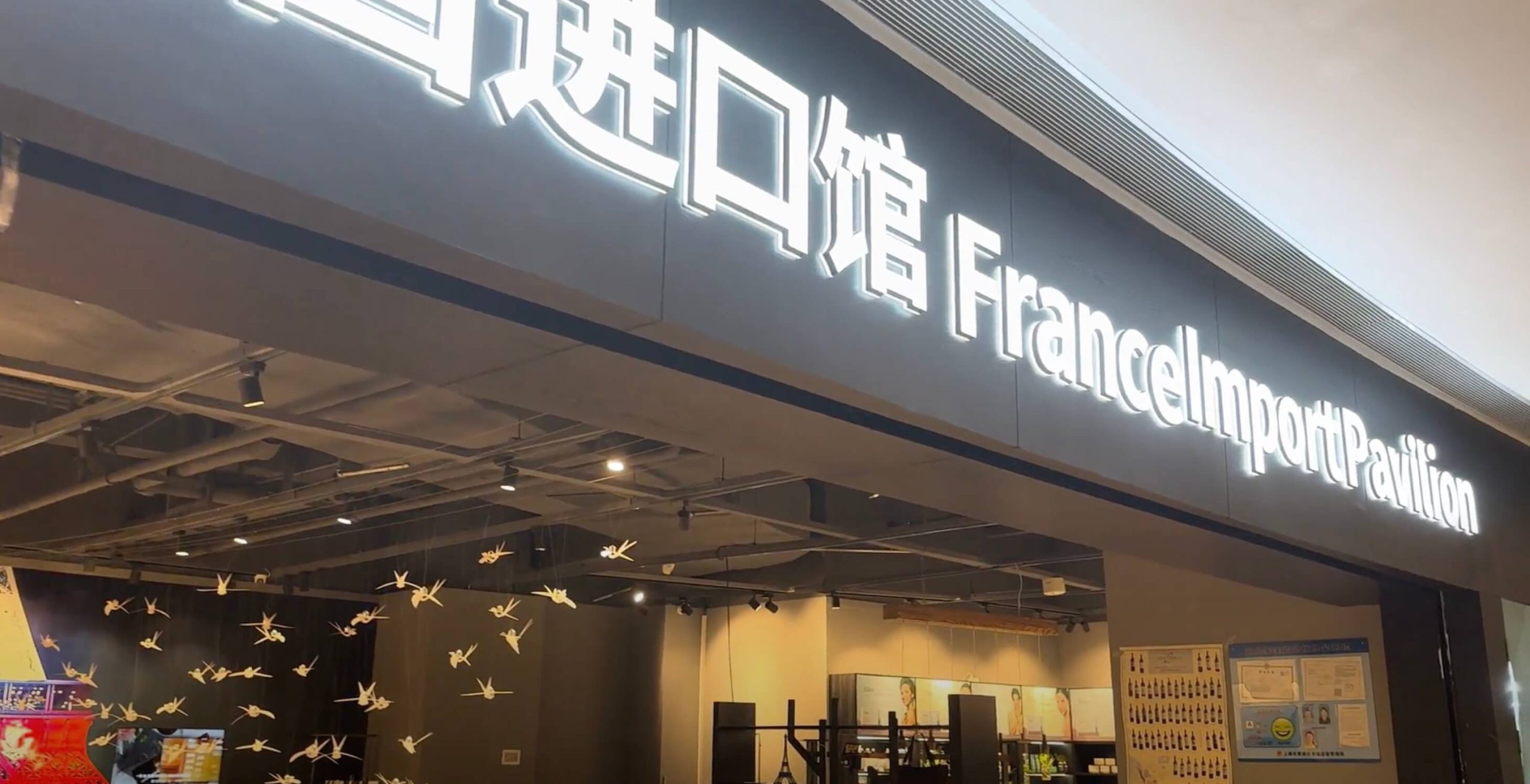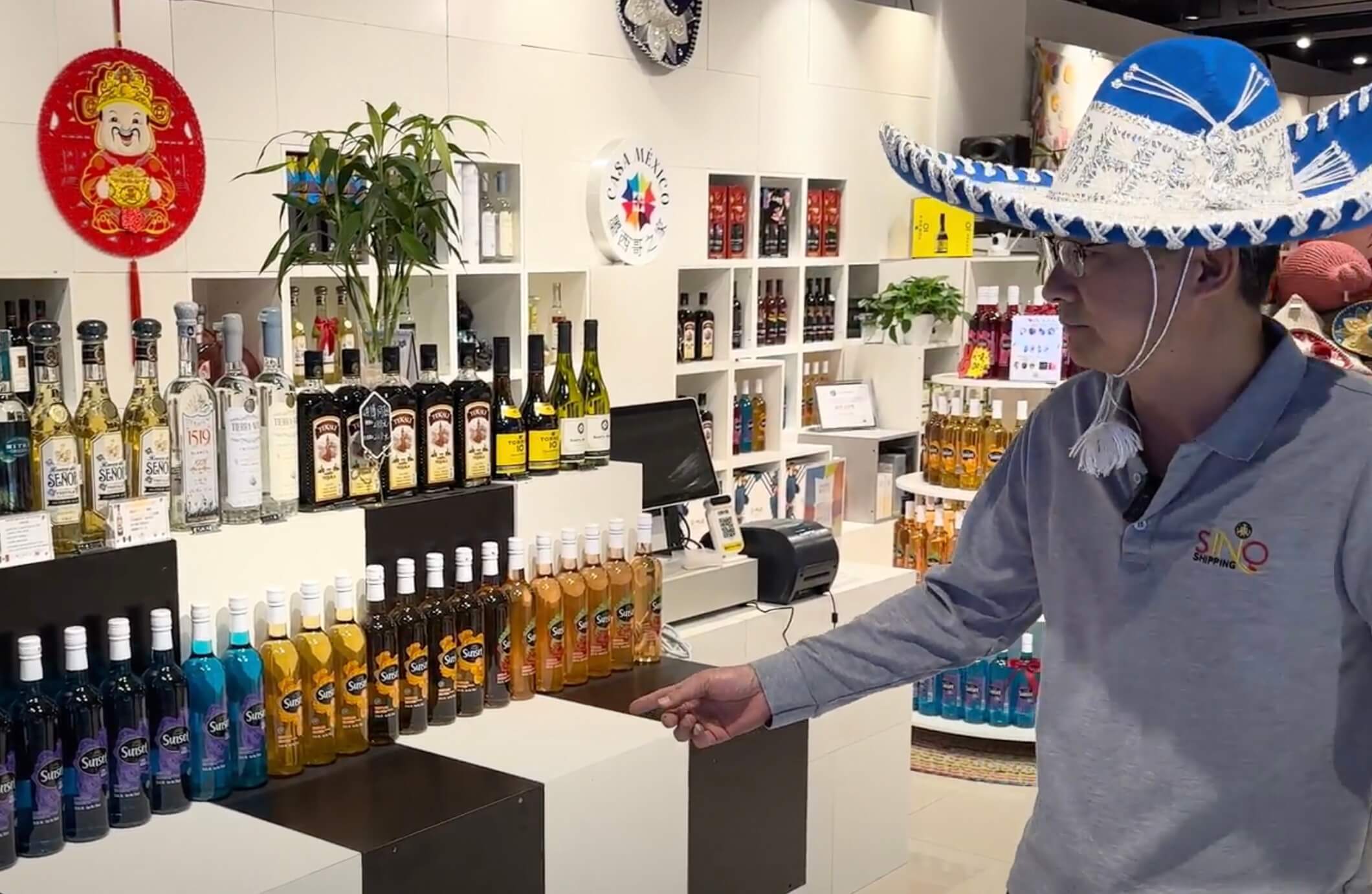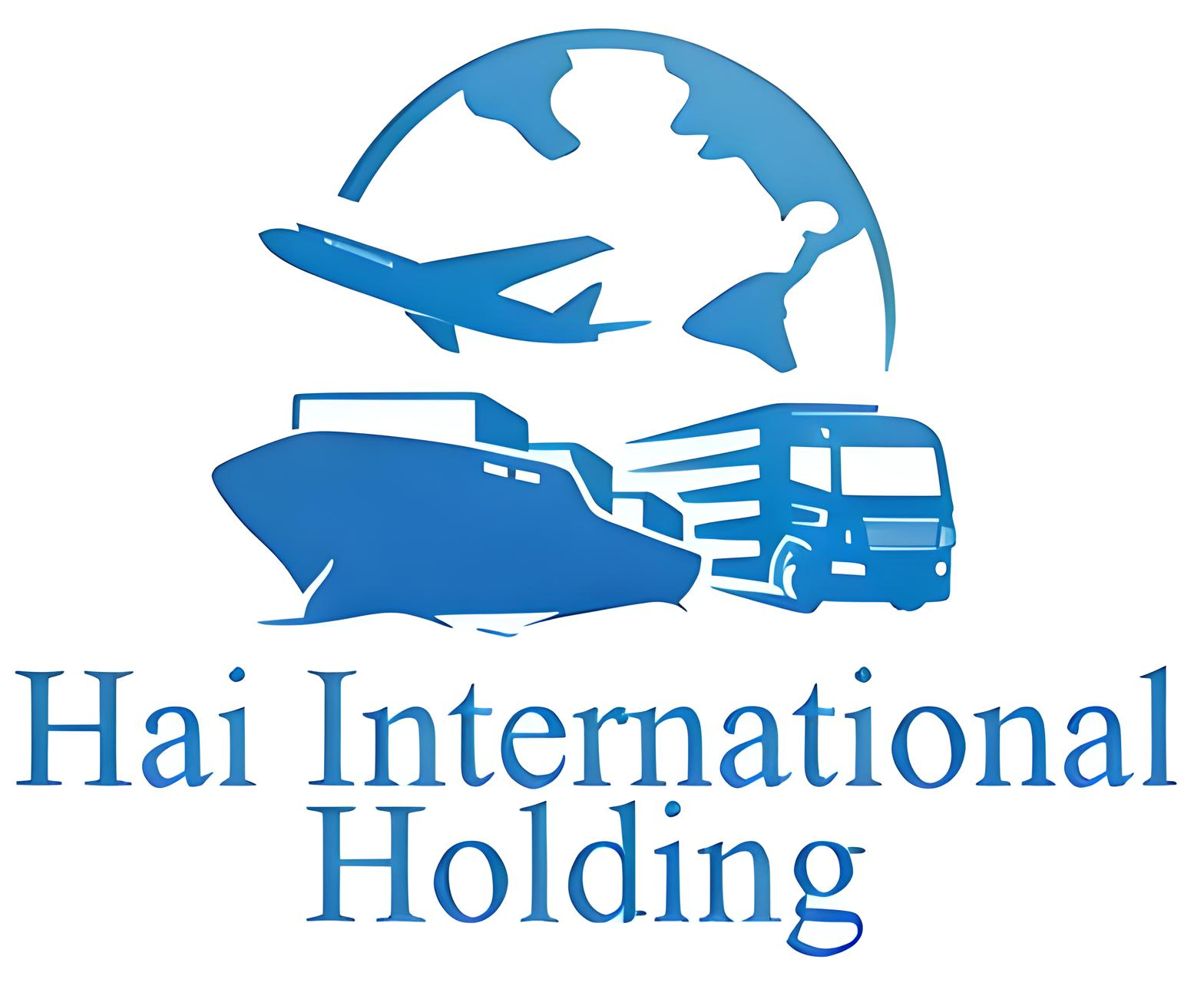Introduction
The Untapped Potential of China’s Beverage Market
Are you eyeing China’s enormous beverage market, but feel like you’re stumbling in the dark? Buckle up, because you’re about to embark on a journey of incredible opportunity. The Chinese beverage market is expected to reach a staggering $205.2 billion by 2025. That’s not just a big number; that’s a clarion call for businesses globally to get a slice of this lucrative pie.
Why This Guide is Your Ticket to Export Success
Welcome to your one-stop-shop for everything you need to succeed in China’s beverage market. From navigating regulatory hurdles to understanding consumer preferences, we’ve got you covered. Not only will this guide take you through the ins and outs, but it’s also packed with actionable tips. Why? Because information is good, but execution is everything.
If you’ve been searching for a comprehensive, data-driven resource, look no further. It’s not just about throwing facts and figures at you; it’s about providing a well-rounded strategy. Remember, the key to conquering the Chinese market is not just what you know, but how you apply it. Are you ready to dive in?

The Powerhouse That is the Chinese Market
Astonishing Market Size and Opportunities
Let’s get real. China isn’t just another market; it’s a behemoth. With a population clocking in at over 1.4 billion people, the sheer scale is mind-blowing. But here’s where it gets spicy: in 2022 alone, China’s beverage industry was estimated to be worth $180 billion. What does this mean for you? Simply put, you’re looking at an ocean of potential consumers who are already spending big on beverages.
But here’s the kicker: while the market is large, it’s also fiercely competitive. Standing out is not just an option; it’s a necessity. Think about this. If even 0.01% of the population likes your product, that’s a whopping 140,000 potential customers. Intrigued?
The Unquenchable Thirst: A Look at China’s Beverage Consumption
Alright, so we’ve established the market is huge. But what exactly are Chinese consumers drinking? Well, it’s a melting pot of tastes. From traditional green tea to imported whiskey, from herbal drinks to carbonated soft drinks, the Chinese consumer has an expansive palate.
But here’s what’s fascinating: while the younger generation is going gaga over craft beers and flavored alcohols, the older demographic still swears by traditional beverages. This generational divide is not a challenge; it’s an opportunity. The key takeaway? Your beverage doesn’t have to be for everyone; it just has to resonate deeply with a specific segment of this massive market.
So, why is this information gold? Because knowing what people drink helps you understand where your beverage fits in. It’s not just about having a great product; it’s about knowing where that product belongs in the grand tapestry of Chinese beverages. Ready to find your place?
Regulatory Landscape: What You Need to Know
Compliance and Import Licenses
Hold your horses! Before you start shipping crates of your tantalizing beverages, there’s something crucial you need to know: compliance. It’s not the sexiest topic, but ignore it at your peril. Being non-compliant with China’s food and beverage regulations is not just risky; it’s a fast track to a business meltdown.
The first thing on your checklist should be obtaining the necessary import licenses. For instance, did you know that alcoholic beverages require a specific license from the China Alcoholic Drinks Association (CADA)? You don’t want to be that company that gets their whole shipment held at customs, do you?
Decoding Product Labeling and Packaging Requirements
Think packaging is all about eye-catching designs and flashy colors? Think again. In China, packaging is also about compliance. You heard it right. It’s not just what’s inside the bottle that counts, but also what’s on the outside. This extends from font size to mandatory information, like the product’s country of origin, shelf life, and ingredients in both English and Mandarin.
Now here’s a tip straight from the insiders: failure to comply with packaging regulations is one of the top reasons shipments get delayed or, worse, rejected. In 2019, approximately 15% of imported beverages faced customs issues due to packaging non-compliance. You don’t want to be a part of that statistic.
But let’s turn this frown upside down. Complying with regulations isn’t just avoiding the stick; it’s chasing the carrot. Properly labeled products are often viewed as more trustworthy by Chinese consumers. That’s right, compliance doesn’t just keep you out of trouble; it can actually be your competitive advantage. Ready to dot those i’s and cross those t’s?

The Chinese Consumer: What Makes Them Tick
The Growing Middle-Class Phenomenon
Have you ever wondered what’s fueling China’s insatiable appetite for a wide range of beverages? Look no further than its expanding middle class. With rising incomes, the Chinese middle class is not just looking to spend; they’re looking for quality and variety in their beverages. So, if your product brings something new to the table, get ready for some good times ahead.
According to a report by McKinsey, by 2025, more than 75% of China’s urban consumers will enter the middle-class bracket. That’s a lot of people with newfound spending power searching for something more than just your run-of-the-mill drinks. Could that “something more” be your product?
Evolving Tastes and Preferences
If you thought the Chinese beverage market was all about Baijiu and tea, it’s time for a wake-up call. Sure, traditional drinks hold their charm and significant market share, but new beverage trends are emerging faster than you can say “Ganbei” (Cheers!).
From sugar-free sodas to organic juices and fortified drinks, there’s a growing niche for healthier and more diverse options. For example, sales of health drinks fortified with traditional Chinese medicine ingredients saw a 25% increase in 2021 alone.
So what does this mean for you? Opportunity, my friend. If your beverage ticks off some of these modern preferences, you’ve already got a foot in the door. But don’t just ride the wave; be a trendsetter. After all, who doesn’t want to be the Apple of beverages in China?
Is your beverage ready to quench China’s evolving thirst? Because if it is, you’re not just entering a market; you’re becoming a part of a rapidly evolving cultural phenomenon. Ready for the ride?
Hot Beverage Trends in China
Traditional Drinks vs Newcomers
Sure, teas and infusions have been around for centuries, but let’s not get stuck in the past. The Chinese beverage market is buzzing with innovation. Traditional drinks like green tea and Baijiu are sharing the shelf with newcomers like cold brews, functional waters, and craft sodas.
Ever heard of cheese tea? Yep, that’s a thing, and it’s wildly popular among the younger generation in China. In fact, China’s coffee market, albeit smaller than its tea counterpart, is expected to reach $8.2 billion by 2023. Why? Because the consumers are open to trying new flavors, new experiences, and that, my friend, is a golden opportunity for any new entrant.
The Rise of Health and Wellness Beverages
Listen up! The health-conscious Chinese consumer isn’t a trend; it’s the new normal. Gone are the days when sugary sodas could dominate the market unchallenged. Today, health and wellness beverages are making waves. We’re talking about drinks fortified with vitamins, probiotic drinks, and organic herbal infusions.
Consider this: Sales of functional beverages that include health boosters like ginseng or goji berries increased by 20% in 2021. This health wave isn’t just a fad; it reflects a deep cultural shift towards wellness and preventive healthcare.
So, does your product have what it takes to quench the thirst for both taste and health? If yes, you could very well be on your way to becoming a household name in the world’s most populous country. Are you up for the challenge?
Navigating Chinese Culture: What Fits and What Doesn’t
Cultural Significance of Beverages
Let’s get one thing straight: in China, beverages like tea aren’t just drinks; they’re cultural icons. Yes, you heard that right. For instance, tea is so integral to Chinese culture that there’s an entire ceremony—the Gongfu Tea Ceremony—dedicated to the brewing and drinking of it. If you’re entering the Chinese market thinking a drink is just a thirst quencher, you’re missing the bigger picture.
Understanding these cultural nuances isn’t optional; it can make or break your market entry strategy. A successful product here needs to align with these cultural underpinnings. Does your beverage have a story? A cultural element that resonates with local consumers? If it does, you’re already ahead of many competitors.
Leveraging Festivals and Holidays
Now here’s an insider tip: festivals and holidays in China often feature beverages as an integral part of the celebration. Take the Mid-Autumn Festival, for example. While mooncakes are the main culinary attraction, certain drinks like Osmanthus wine are also traditionally consumed.
So here’s the million-dollar question: could your product slide into these cultural slots? Imagine your beverage becoming as synonymous with a festival as champagne is with New Year’s Eve in the Western world. It’s not just about selling a product; it’s about embedding it in the cultural fabric of China.
Get this right, and you’re not just selling a drink; you’re selling an experience, a tradition, a part of Chinese culture itself. Are you ready to go that deep? Because if you are, the rewards are massive.
Choosing High-Impact Distribution Channels
The Unbeatable Rise of E-commerce Platforms
Let’s clear up a common misconception: E-commerce in China isn’t the future; it’s the here and now. Platforms like Alibaba and JD.com aren’t just popular; they’re ubiquitous. If your product isn’t available on these platforms, it’s almost like it doesn’t exist. A study showed that e-commerce sales in China accounted for nearly 27% of all retail sales in 2021. That’s not pocket change; it’s a serious chunk of the market.
But here’s the twist: it’s not just about listing your product online. It’s about strategic positioning, consumer engagement, and yes, lots of data analytics. Online platforms offer deep insights into consumer behavior, allowing you to tweak your product offerings based on real-time feedback.
Brick-and-Mortar: Alive and Kicking
Contrary to popular belief, the e-commerce revolution hasn’t killed off physical stores; far from it. In fact, brick-and-mortar stores are experiencing a renaissance of sorts, especially when it comes to beverages. Why? Because beverages are often impulse buys, and there’s nothing like a well-placed product in a store to capitalize on that.
Now, let’s get strategic. Ever considered partnering with local retail giants like Walmart China or Sun Art Retail? These stores attract a massive footfall and could give your product the visibility it needs. And don’t overlook smaller, local grocery chains either. They’re often community favorites and can provide a level of local credibility that big chains can’t.
So, the bottom line? Don’t put all your eggs in one basket. A balanced distribution strategy that leverages both online and offline channels could be your ticket to long-term success in China’s competitive beverage market. Ready to make some noise?
Strategic Partnership with HAI International Holding
Advantages of a Local Freight Forwarder
Listen, international shipping is complicated, but this is where a local freight forwarder like HAI International Holding shines. They’re not just another company that moves boxes; they’re your gateway to the Chinese market. Why? Because they understand the local rules, regulations, and most importantly, the culture of doing business in China.
Having a local partner can be the difference between getting your products on shelves in days versus months. Just consider this: According to a survey, 52% of exporters highlighted logistical issues as one of their biggest challenges in the Chinese market. With HAI International Holding, you’re essentially sidestepping a lot of those logistical nightmares.
How HAI International Holding Simplifies the Export Process
Let’s talk specifics. What exactly can HAI International Holding do for you? Well, a whole lot, starting with warehousing. They can store your products in strategically located facilities, optimizing your distribution routes. They also handle customs clearance, which is a significant pain point for many exporters.
But here’s the golden nugget: HAI International Holding offers end-to-end solutions. That means they don’t just take your product from Point A to Point B. They help you navigate the entire journey, tackling challenges proactively, often before you even know they exist.
In a market as complex and potentially lucrative as China, the right partnership can either catapult you to success or leave you wishing you’d done things differently. Ready to take your Chinese beverage venture to the next level with HAI International Holding?
Tailoring Your Marketing Strategy for China
The Magic of Social Media and KOLs (Key Opinion Leaders)
If you’re still pondering whether social media marketing works in China, you’re asking the wrong question. The right question is, how can you make it work for you? In China, social media doesn’t just sell; it’s a lifestyle. Platforms like WeChat and Weibo are more than just chat or microblogging services; they’re virtual marketplaces. And the real stars of these platforms? Key Opinion Leaders (KOLs).
These KOLs can drive traffic and sales like you wouldn’t believe. In 2021, a popular KOL managed to sell $1.5 million worth of products in just five minutes during a livestream. Yep, you read that right. Minutes.
Understanding the Impact of Celebrity Endorsements
So, you’re considering a celebrity endorsement? Before you dive in, know that one post from a top celebrity can either skyrocket your sales or burn a massive hole in your pocket. It’s not as simple as picking any celeb; it’s about choosing one who aligns with your brand’s ethos and appeals to your target market.
Let’s take a moment to highlight the pitfalls. If the celebrity faces any public relations issues, your brand will likely suffer collateral damage. So it’s crucial to vet not just their follower count, but their reputation as well.
Regional Nuances: A Province-by-Province Breakdown
The Preference for Local Tastes
Here’s something to chew on: Sichuan loves its spice, and Zhejiang loves its tea. Every province in China has its unique palate, and understanding these regional tastes isn’t a bonus; it’s a necessity.
For instance, fruit-flavored beverages do incredibly well in Guangdong, a province known for its subtropical climate and fruit production. Can your beverage cater to these regional nuances?
Regional Dominance: East vs West vs South vs North
We’ve talked about regional tastes, but let’s not forget spending power. Major cities like Beijing, Shanghai, and Guangzhou have consumers who are more willing to splurge on premium beverages.
On the flip side, focusing only on these affluent areas could mean missing out on large population segments in other regions. So the question becomes: Where should you concentrate your efforts?
Financial Aspects: What to Prepare For
Import Duties and Taxes
Getting hit with unexpected import duties or taxes is like finding a worm in your apple—unpleasant and costly. For example, imported wines can be subject to taxes and duties that make them 40-50% more expensive than their retail price elsewhere. Always factor in these additional costs when pricing your products for the Chinese market.
Competitive Pricing Strategies
In China, competitive pricing doesn’t mean being the cheapest; it means offering value. If your product offers distinct benefits—be it health, taste, or sheer novelty—you can command a higher price. But that price needs to be justified, not just tacked on.
So, ready to craft a strategy that can take your beverage from being just another option to being the choice for Chinese consumers?
Comprehensive Checklist for Your China Export Strategy
Documentation Requirements
Here’s the thing: Paperwork is boring but essential. Missing even one essential document can halt your export process. So what will you need? At a minimum, make sure you have your Import/Export license, Bill of Lading, and Commercial Invoice among other required documents.
Marketing Must-haves
Your beverage might be the best thing since sliced bread, but without effective marketing, it’s just another bottle on the shelf. So, what should be in your toolkit? Definitely consider social media campaigns, KOL partnerships, and localized content that speaks to the Chinese consumer.
Conclusion and Action Steps
Summarizing Key Takeaways
We’ve covered a lot of ground, from the complexities of the Chinese beverage market to the nuances of cultural preferences. But remember, knowing isn’t enough; the real magic happens when you apply this knowledge. Ready for a quick refresher?
The Next Steps: Making Your China Export Dream a Reality
You’ve got the knowledge; now you need to act. Information is power, but action turns that power into results. Your immediate next steps? Nail down your distribution partners, lock in your marketing strategy, and don’t forget to liaise with local experts like HAI International Holding.
FAQs
How Can I Find a Local Distributor?
Finding a local distributor is a pivotal step in entering the Chinese market. You can start by attending trade shows and industry events in China where you can network and meet potential partners. Online platforms like Alibaba also list distributors, although due diligence is essential before entering any agreements. Lastly, consider hiring a local business consultant to help you identify and vet potential distributors.
What are the Most Popular Beverage Types in China?
Tea, particularly green tea, holds a significant cultural and market share in China. Baijiu is another traditional drink that's extremely popular. However, newer categories like functional waters, craft beers, and ready-to-drink coffee beverages are gaining traction, especially among the younger generation.
How Can HAI International Holding Facilitate My Export Process?
HAI International Holding offers an end-to-end logistics solution, which includes services like warehousing, distribution, and customs clearance. Their local expertise can help you navigate complex regulations, thereby minimizing delays and maximizing efficiency. They can also help in tracking your shipments and provide real-time updates, which is a significant advantage for any business.
What Legal Pitfalls Should I Be Aware Of?
Legal compliance is non-negotiable. From import licenses to product labeling, you must be well-versed with all regulatory requirements. Failure to adhere to these can result in your shipments being held at customs or, worse, legal action against your company. Always consult with local legal experts to ensure you're on the right side of the law.
What is the Return on Investment (ROI) on Marketing in China?
The ROI on marketing can vary widely based on your strategies, channels, and target audience. Social media marketing, especially through platforms like WeChat and Weibo, often provides a higher ROI due to their large user base. KOL partnerships can also be extremely lucrative but can be costly upfront. It's essential to continuously monitor and adjust your marketing strategies to maximize ROI.
There you have it, a comprehensive guide on how to make your beverage business succeed in China. With a mix of the right strategy, understanding of the local market, and a solid partnership with experts like HAI International Holding, you’re well on your way to tapping into the incredible potential of the Chinese market.













